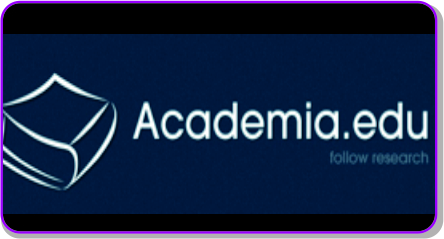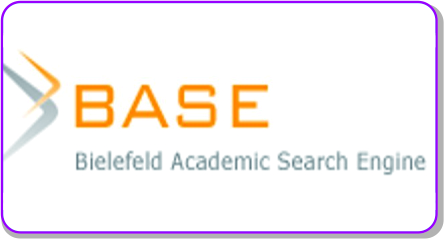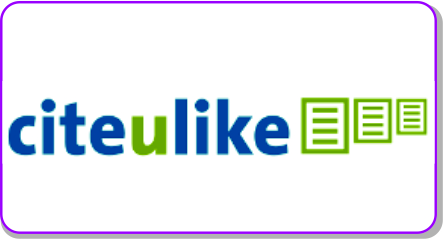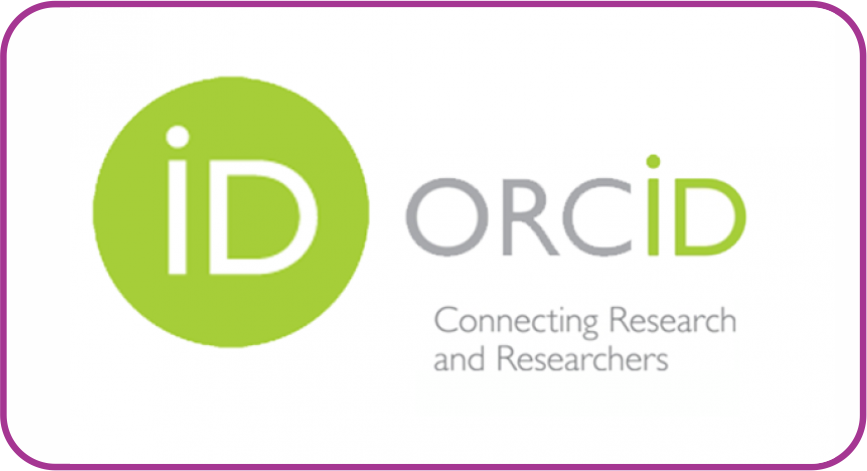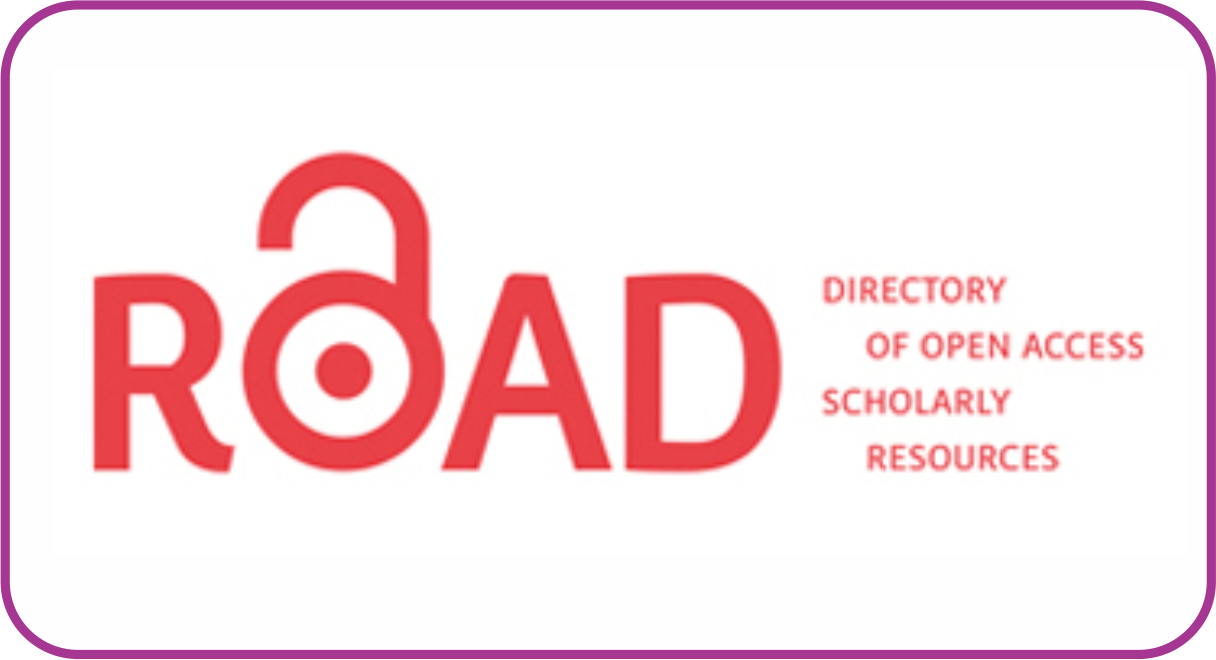Strategi Pembelajaran Bahasa Inggris Mahasiswa Mahad IAIN Bukittinggi
DOI:
https://doi.org/10.30983/educative.v4i1.967Keywords:
Strategy, English, , MahadAbstract
Living in a dormitory is a must for the first year students of IAIN Bukittinggi, especially English Education Department. They followed some rules in their daily activities there. They also have some activities including alqur’an recitation, leaderhip, Arabic and English training. Based on the phenomenon above, this research analyzed the use of language learning strategies by the students who lived in mahad. Qualitative analysis was used to find the English language learning strategy and the factors support and obstales face by the stde the used of language learning strategy itself. The results showed that most of the students used affective strategy more in their English language learning. It explained that good attitude and motivation taking a big part in the language learning strategies which brough the students to the deeper understanding of using English for their daily conversation. Then, some factors like the ability to motivate their self in learning English and environment became obstacles in mastering English in mahad IAIN Bukittinggi. This can be anticipated by arranging their scedule well during the day of their learning.
Tinggal di asrama merupakan suatu keharusan bagi mahasiswa tahun pertama di IAIN Bukittinggi, khususnya jurusan Bahasa. Mereka mengikuti dan mematuhi beberapa aturan yang ditetapkan Asrama untuk kegiatan mereka sehari-hari. Mereka juga mengikuti beberapa kegiatan tambahan seperti; menghafal alqur’an, kepemimpinan, pelatihan Bahasa Arab dan Bahasa Inggris. Berdasarkan fenomena tersebut maka penelitian ini menganalisa penggunaan strategi pembelajaran bahasa oleh mahasiswa yang tinggal di Mahad. Analisa kualitatif digunakan untuk menemukan strategi pembelajaran bahasa dan faktor pendukung serta kesulitan yang dihadapi siswa dalam mempelajari bahasa. Hasil penelitian ini menunjukkan bahwa kebanyakan mahasiswa menggunakan strategi afektif dalam pembelajaran bahasa mereka. Hal ini menjelaskan bahwa sikap yang baik dan motivasi untuk berpartisipasi dalam penggunaan bahasa membawa mereka kepada pemahaman penggunaan Bahasa Inggris untuk percakapan sehari-hari. Kemudian, beberapa faktor seperti kemampuan memotivasi diri dan lingkungan menjadi kendala dalam menguasai Bahasa Inggris di Mahad IAIN Bukittinggi. Hal ini bisa diantisipasi dengan mengatur jadwal dengan baik untuk belajar.
References
Alfian, A. 2016. The Application of Language Learning Strategies of High Schools Students in Indonesia. IJEE (Indonesian Journal of English Education, 3(2), 140-157
Arikunto, Suharsimi. 2006. Prosedur Penelitian Suatu Pendekatan Praktek. Jakarta: Rineka Cipta
Brown, Douglas. 2000. Principle of Language Learning and Teaching 4th ed. New York: Pearson Education.
Chamot, A. U. 2005. Language Learning Strategy Instruction: Currents Issues and Research. Annual Review of Applied Linguistics 25
Cohen, Andrew D. & Julie Chi. 2002. “Language Strategy Use Survey†ELT Journal
Creswell, John. 2015. Riset Pendidikan: Perencanan, Pelaksanaan, dan Evaluasi Riset Kualitatif & Kuantitatif. Pustaka Pelajar: Yogyakarta.
Diazrico, T. Lynne. 2004. Teaching English Learners: Strategies and Methods. New York: Pearson
Garriilidou, Z & A. Psaltou-joycey. 2009. Language Learning Strategies :an Overview. Journal of Applied Linguistic 25:11-25.
Grenfell, M & V. Harris. 2007. The Strategy Use of Bilingual Learners of a Third Language. 5th International Conference on Third Language Acquisition and Multilingualism, 14:1-14
Griffiths, C. 2004. Language Learning Strategies: Theory and Research. Occasional Paper 1
Mahdavi & Mehrabi. 2013. An Overview of Language Learners Strategies. Asian Journal of Management Sciences & Education. Vol. 2 (4) 2013
Mistar, J & Umamah, A. 2014. Startegies of Learning Skill by Indonesian Learners of English and Their Contribution to Speaking Fluency. TEFLIN Journal, Vol.25 (2) 2014
Mitits, Lydia. 2015. Language Learning Strategies and Multilingualism. Greek: Zaita Publishing
Park, G. 2011. The Validation Process of the SILL: a confirmatory factor analysis. English Language Teaching 4 (4): 21-27
Oxford, R. L. 1989. Language Learning Strategies:what every teacher should know. New York: New Burry House
Rubin, J. & Thompson I. 1994. How to be a More Successful Language Learner (2nd ed.) Boston: Heinle & Heinle
Rubin, J. 2001. Language Learner Self-Management. Journal of Asian Pacific Communication 11
Rubin, J. 2010. Language Teacher Education: Challenges in Promoting a Learner-Centered Perspective, In L. Bobb-wolf (ed), Learner Autonomy and Teacher Autonomy Pedagogy for Classsroom (Special Issue). Revistra Canaria de Estudios Ingleses, 61: 29-42
Vrettou, A. 2009. Language Learning Strategy Employment of EFL Greek-speaking Learners in Junior High School. Journal of Applied Linguistics 25:85-106
Downloads
Submitted
Accepted
Published
Issue
Section
License
Authors who publish with this journal agree to the following terms:
1. Authors retain copyright and grant the journal right of first publication with the work simultaneously licensed under a Creative Commons Attribution License that allows others to share the work with an acknowledgment of the work's authorship and initial publication in this journal.
2. Authors are able to enter into separate, additional contractual arrangements for the non-exclusive distribution of the journal's published version of the work (e.g., post it to an institutional repository or publish it in a book), with an acknowledgment of its initial publication in this journal.
3. Authors are permitted and encouraged to post their work online (e.g., in institutional repositories or on their website) prior to and during the submission process, as it can lead to productive exchanges, as well as earlier and greater citation of published work (See The Effect of Open Access).





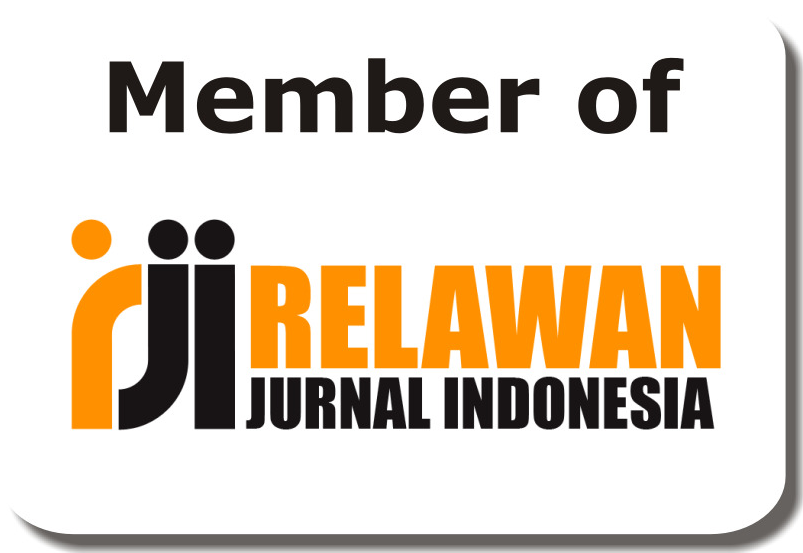
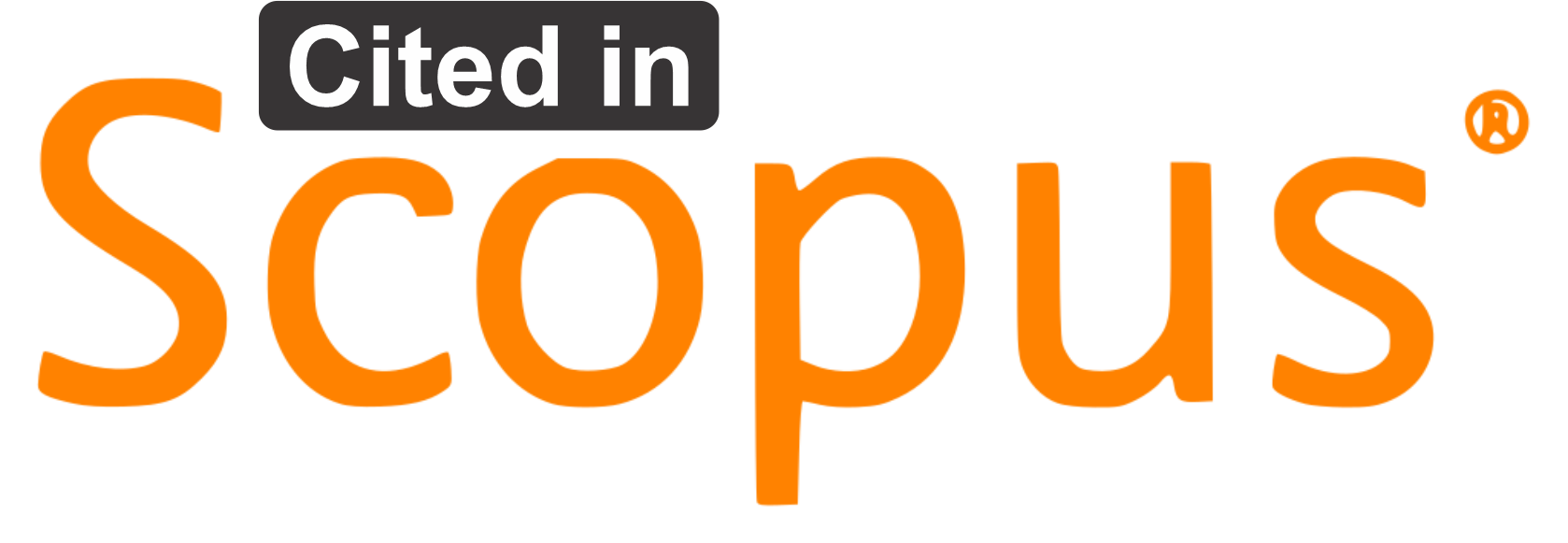

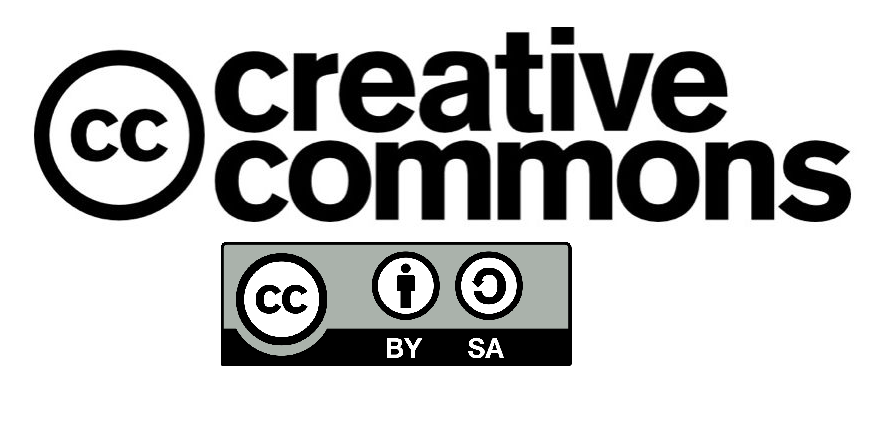
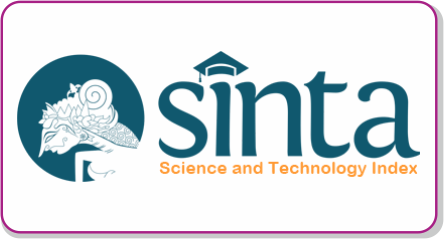
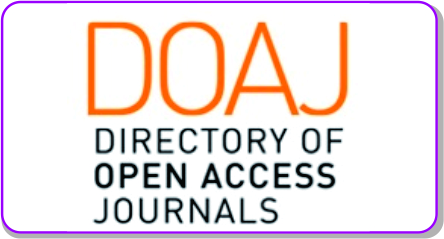


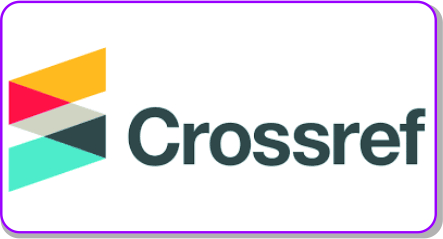


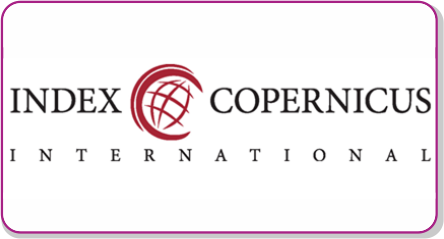

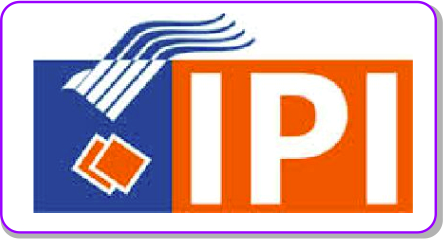 Â
 